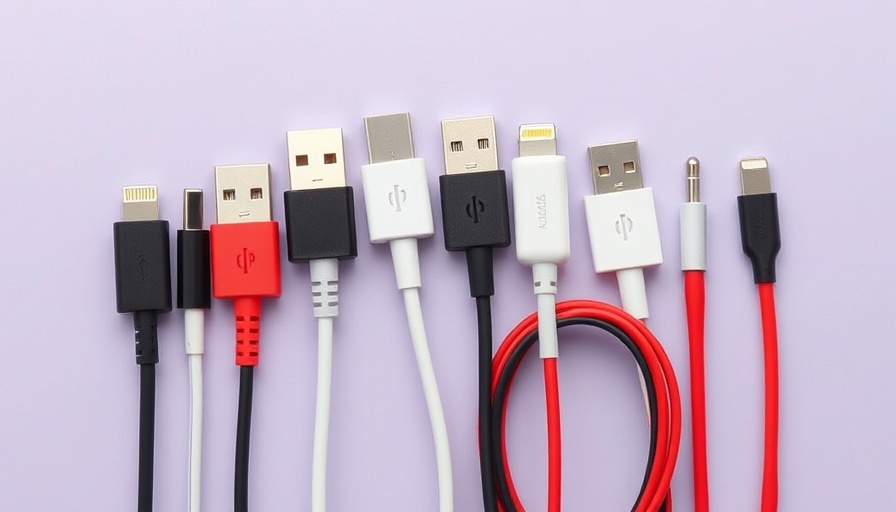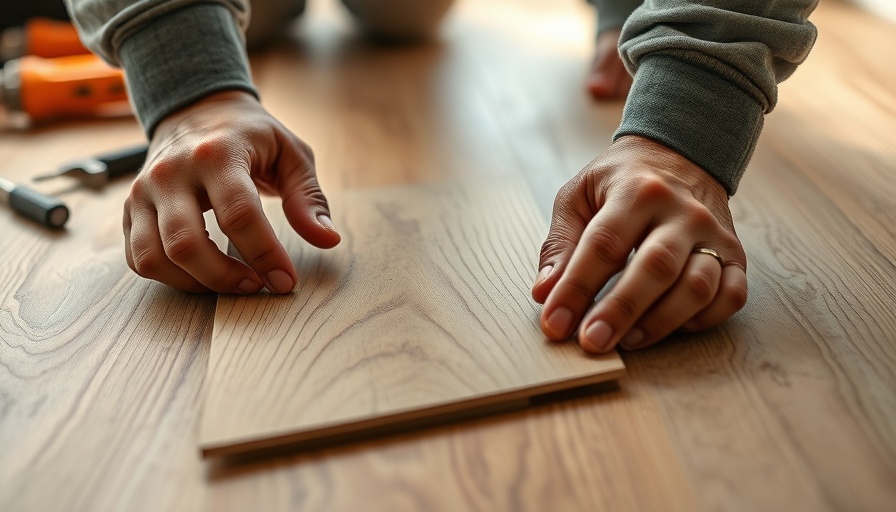
The Essential Guide to Understanding USB Cables
In today’s digital age, USB cables are integral to powering our devices and ensuring smooth data transfers. Yet, many homeowners and DIY enthusiasts remain puzzled by the various types available. From USB-A to USB-C, each has unique features and functionalities that cater to different devices and needs. Understanding these differences can not only simplify your life but enhance your tech experience.
Historical Context: The Evolution of USB Cables
USB technology has come a long way since its inception in the late 1990s. Originally designed to standardize connections among computers and peripherals, it has evolved significantly over the years. USB-A was the first widely adopted format, and despite its rectangular shape, it became the standard due to its versatility. However, as technology moved forward, the need for faster and more efficient connections led to the creation of various other types, including Micro-USB and USB-C.
Decisions You Can Make With This Information
Knowing the pros and cons of each USB cable type allows you to make informed purchasing decisions. For instance, if you are upgrading your tech, you might consider investing in USB-C cables, which support higher speeds and more functions compared to Micro-USB. This can be especially beneficial if you own devices that also support these faster protocols, potentially reducing the need for multiple types of cables.
Counterarguments and Diverse Perspectives
While USB-C is celebrated as the advanced choice for many users, not all devices are equipped to handle its capabilities. For example, if you own older electronics that only support USB-A or Micro-USB, transitioning to USB-C may not be practical. This highlights the importance of evaluating your specific needs, rather than simply following the latest trends in technology.
Unique Benefits of Knowing USB Cable Types
A clear understanding of USB cables can lead to a more organized living space, especially in a DIY environment where gadgets abound. Streamlining your cables not only enhances aesthetics but also improves functionality. By keeping only the necessary cables at hand, you can reduce clutter and make your workspace more efficient.
Practical Tips for Homeowners
When considering which USB cables to purchase, think about the following tips:
- Assess Device Compatibility: Before buying new cables, check which type your devices require to avoid redundancy.
- Go for Quality: Invest in reputable brands to ensure durability, especially for frequently used cables.
- Label Your Cables: Keep your cables organized by labeling them according to their purpose or device type to save time.
Future Predictions: Where USB Technology is Heading
As technology continues to advance, the demand for faster, more versatile charging options will grow. USB-C is likely to dominate the future landscape due to its capacity to transmit both power and data at higher rates. Moreover, as more devices adopt this standard, it could lead to a more universal charger option, ultimately simplifying our tech lives.
In conclusion, having a grasp of USB cable types can greatly enhance your tech experience, helping you choose the right cables for your devices while tidying up your space. Consider evaluating your existing cords, and make informed choices moving forward.
If you're looking to further improve your home and tech setup, consider organizing your space with carefully selected tools and materials that complement your style and efficiency goals. Going beyond USB cables, think about sustainable living practices that support your overall well-being. It's time to embrace both organization and sustainability!
 Add Row
Add Row  Add
Add 




Write A Comment